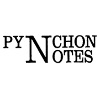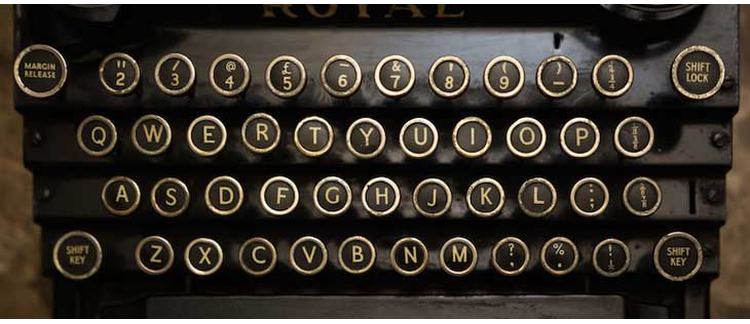Abstract
Time is always an issue in narrative literature. The conventional story, composed of character actions within a causal logic, always covers a represented expanse of time. That represented expanse of time, however, is rarely, if ever, reported to the reader in a purely linear chronological fashion; likewise, it is rarely, if ever, reported without gaps or without moments of "disnarration," to use Gerald Prince's term, that engage the reader in narrative's writerly dimension. Time in the discourse is concerned with more than reported time; the time of the telling also influences the reader's experience of time in fictional texts. Moreover, the intersection of factual history with/in fictional narrative adds further dimensions of telling time to the reader's experience of the text. Modernist and postmodernist narrative dynamics as well as reader-response, poststructuralist and new-historicist theories for reading narrative have schooled the contemporary reader to suspend belief rather than disbelief and to question the multi-functional nature of time in narrative fiction–even to the point of discovering time traps within the text.
How to Cite:
Duyfhuizen, B., (2002) “From Potsdam to Putzi's: Can Slothrop Get There in Time? And, in Time for What?”, Pynchon Notes , 51-75. doi: https://doi.org/10.16995/pn.70
Downloads:
Download PDF

